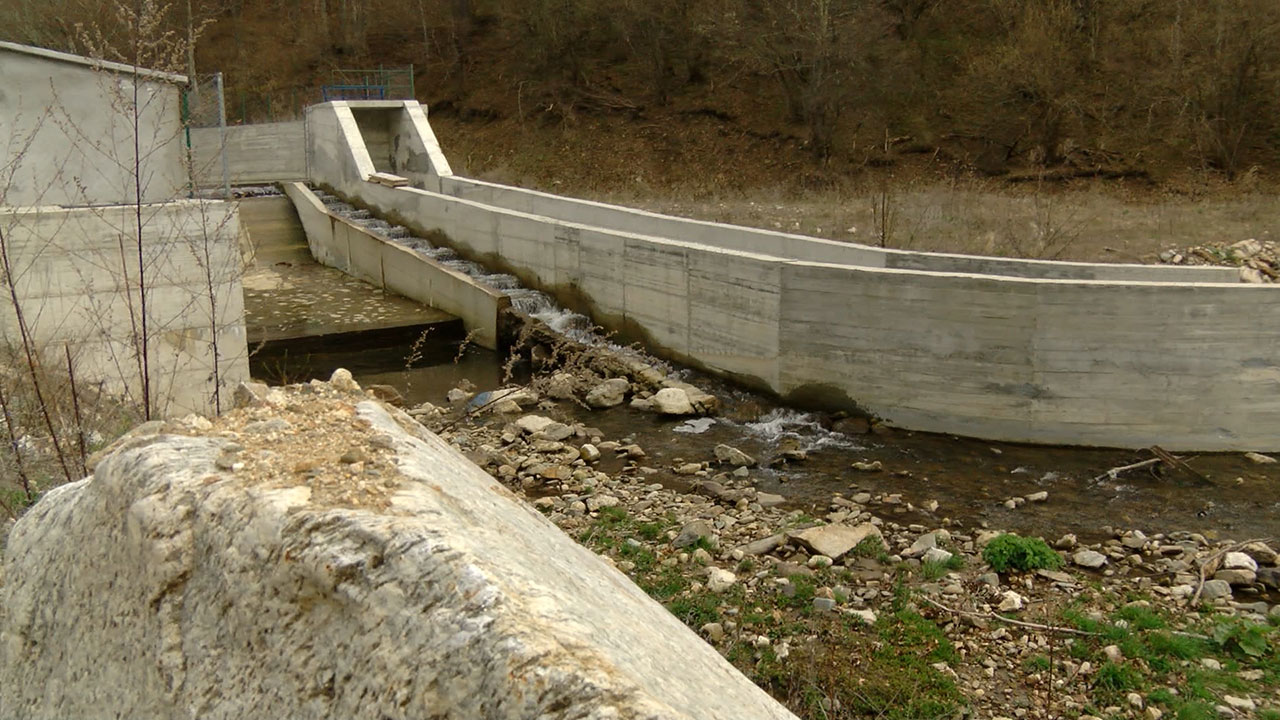The correct answer is: Of clean water
Bioindicators include biological processes, species, or communities and are used to assess the quality of the environment and how it changes over time. Changes in the environment are often attributed to anthropogenic disturbances (e.g., pollution, land use changes) or natural stressors (e.g., drought, late spring freeze), although anthropogenic stressors form the primary focus of bioindicator research. The widespread development and application of bioindicators has occurred primarily since the 1960s. Over the years, we have expanded our repertoire of bioindicators to assist us in studying all types of environments (i.e., aquatic and terrestrial), using all major taxonomic groups.
Read more in the article "Bioindicators: Using Organisms to Measure Environmental Impacts"
The correct answer is: Of clean water
Bioindicators include biological processes, species, or communities and are used to assess the quality of the environment and how it changes over time. Changes in the environment are often attributed to anthropogenic disturbances (e.g., pollution, land use changes) or natural stressors (e.g., drought, late spring freeze), although anthropogenic stressors form the primary focus of bioindicator research. The widespread development and application of bioindicators has occurred primarily since the 1960s. Over the years, we have expanded our repertoire of bioindicators to assist us in studying all types of environments (i.e., aquatic and terrestrial), using all major taxonomic groups.
Read more in the article "Bioindicators: Using Organisms to Measure Environmental Impacts"
The correct answer is: Of clean water
Bioindicators include biological processes, species, or communities and are used to assess the quality of the environment and how it changes over time. Changes in the environment are often attributed to anthropogenic disturbances (e.g., pollution, land use changes) or natural stressors (e.g., drought, late spring freeze), although anthropogenic stressors form the primary focus of bioindicator research. The widespread development and application of bioindicators has occurred primarily since the 1960s. Over the years, we have expanded our repertoire of bioindicators to assist us in studying all types of environments (i.e., aquatic and terrestrial), using all major taxonomic groups.
Read more in the article "Bioindicators: Using Organisms to Measure Environmental Impacts"







